Hawaii, with its stunning landscapes and rich cultural tapestry, is steeped in mythology and legend. The Hawaiian pantheon is teeming with fascinating deities, each with unique stories, powers, and significance. These deities not only shaped the ancient Hawaiian world but continue to influence contemporary Hawaiian culture and identity.
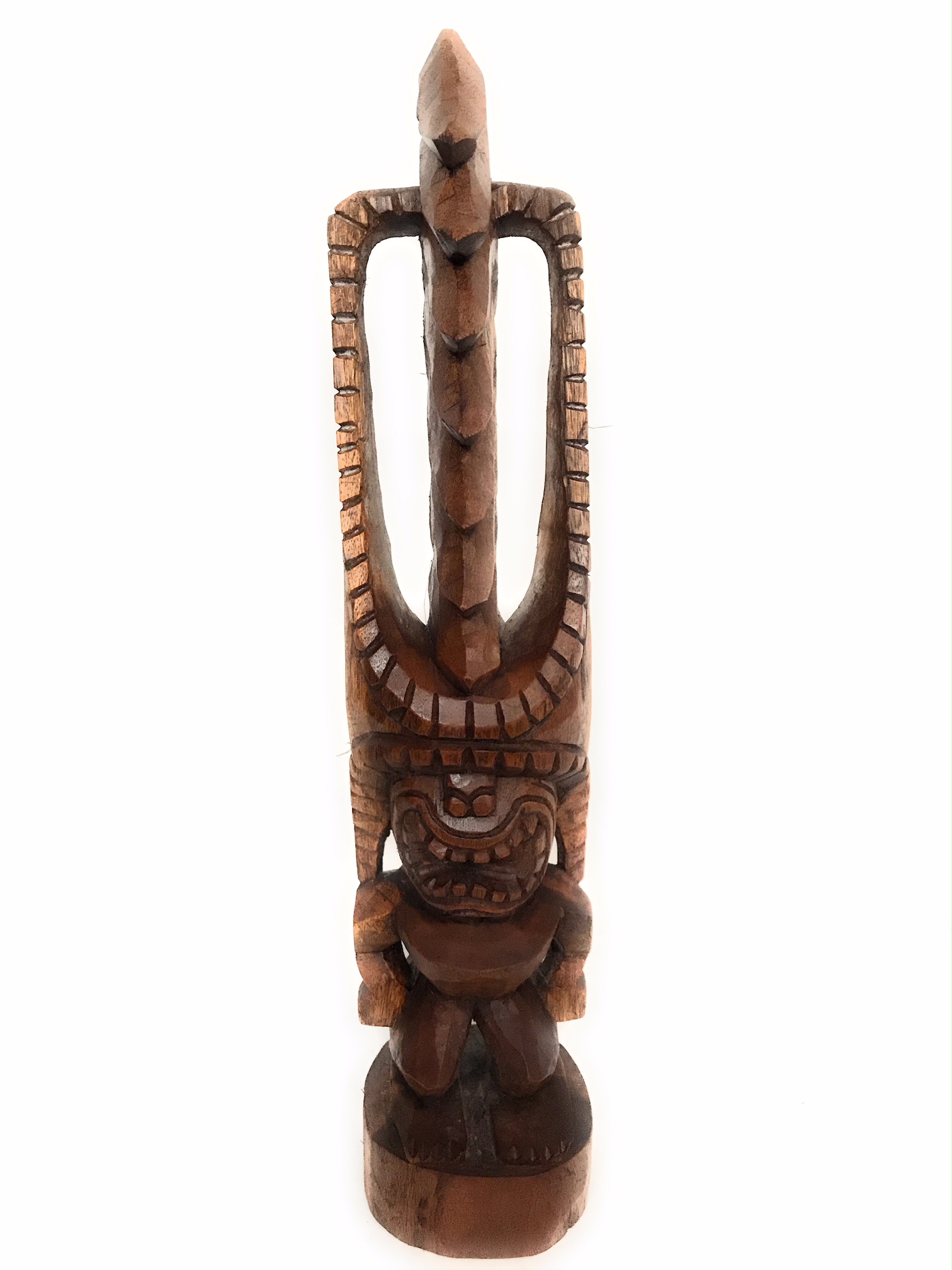
In this article, we explore important Hawaiian gods and goddesses. We look at their roles in traditional Hawaiian culture. We also show how families have passed down their legends through generations.
Hawaiian mythology is a rich collection of stories. These tales show the islands' strong bond with nature, Tiki gods, and the universe. The deities represent natural elements, human feelings, and life forces. They show how ancient Hawaiians understood their world.
By exploring these legends, we can better appreciate Hawaii's spiritual heritage. We also see the deep respect its people have for nature and the spiritual world. Join us as we explore the rich stories of the Hawaiian gods. Discover their lasting impact on Hawaiian culture and identity.
The Hawaiian Gods List
The Hawaiian gods are often associated with natural elements and forces, reflecting the islands' deep connection to nature. Their influence extends beyond the physical realm, impacting spiritual beliefs and community practices. Here are some of the most respected gods in Hawaiian mythology. Each one represents different parts of nature and the spirit world.
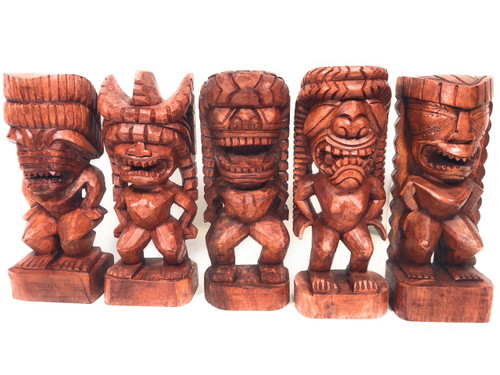
Understanding the Hawaiian gods requires delving into the cultural and environmental context of the islands. Each god's area, from the ocean to the sky, reflects the important resources and challenges of early Hawaiians.
Their stories are not just myths. They are connected to daily life and survival. These stories influence many things, like farming and war. By exploring these deities, we can appreciate the intricate relationship between humans and the natural world in Hawaiian culture.
Ku: The God of War
Ku God of War is one of the four great gods in Hawaiian mythology, known primarily as the god of war. He embodies strength, strategy, and victory. Warriors often invoked Ku's protection and power before heading into battle, seeking his guidance to ensure triumph.
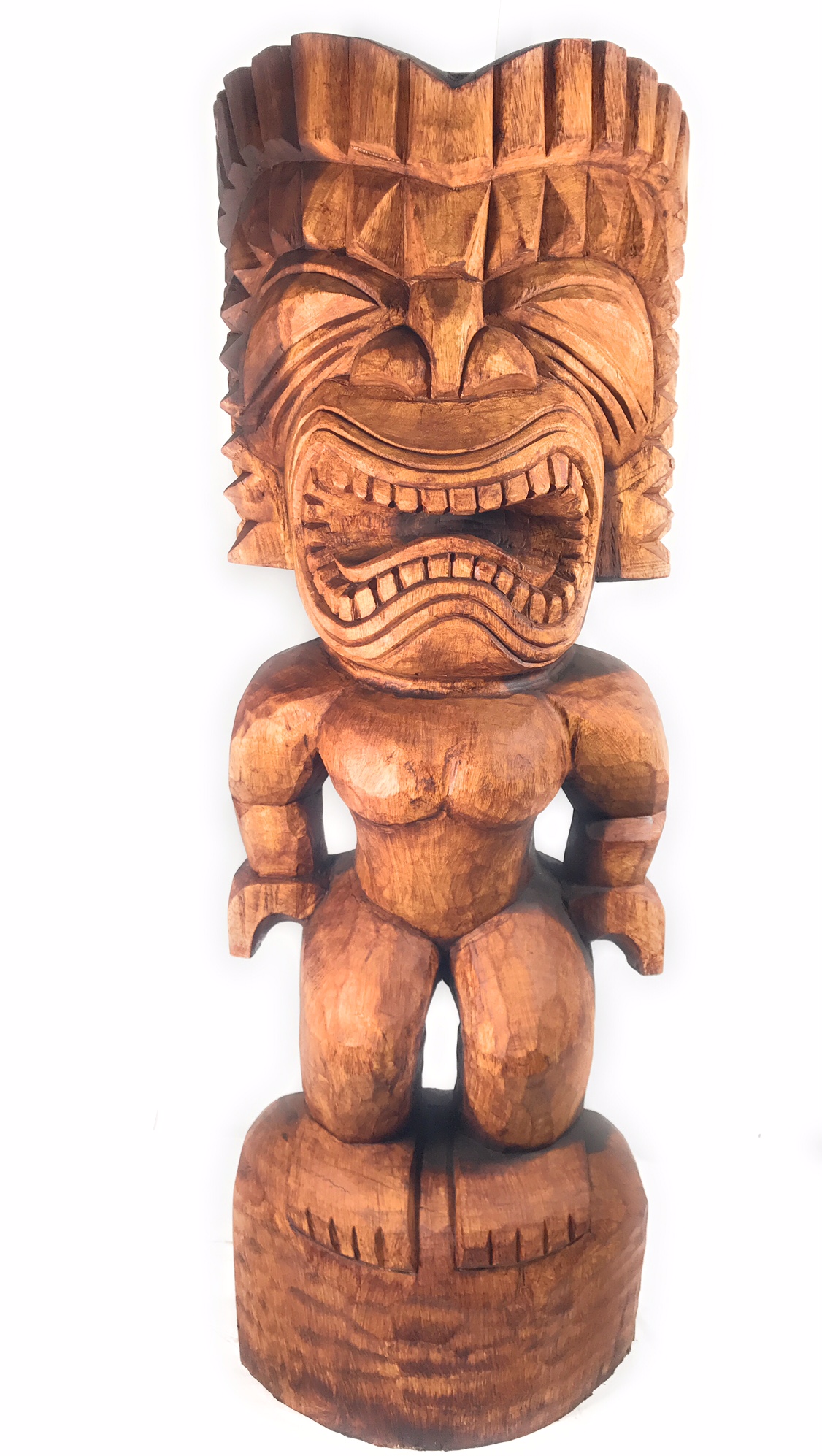
Ku is linked to many parts of life, such as farming and fishing. These were essential for survival in ancient Hawaii.
Beyond his association with warfare, Ku's influence extends to the foundational aspects of Hawaiian society. His role in farming and fishing demonstrates the connection between survival and spiritual belief. He was viewed as a provider of food and wealth.
Ku's character shows two sides: he is both a warrior and a nurturer. This reflects the complex nature of leadership and protection in Hawaiian society. His presence in cultural practices underscores the importance of balance between conflict and harmony.
Lono: The God of Peace and Fertility
Lono is the god of peace, fertility, and agriculture. People celebrate him during the annual Makahiki festival, a time of peace and prosperity.
Unlike Ku, who represents war, Lono embodies harmony and abundance. The Makahiki festival involves games, feasting, and religious ceremonies, all in honor of Lono's blessings. During this time, leaders forbade warfare, emphasizing the importance of peace and community cohesion.
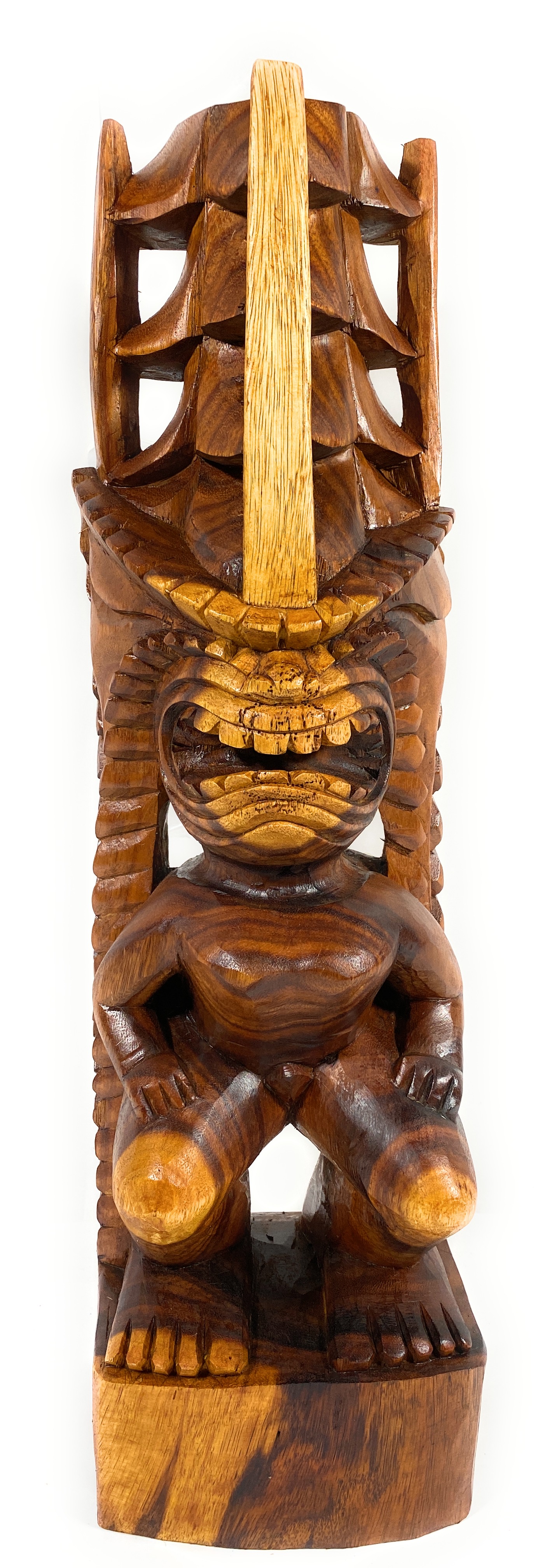
Lono's link to agriculture shows how important he is for the land's fertility and the people's prosperity. His influence shows in the rituals and offerings made for good harvests. This reflects how ancient Hawaiians depended on the land's resources.
The Makahiki festival is a time for joyful celebrations and community activities. It reminds us of life's cycles and the gratitude we owe to the forces that support it. Lono weaves the themes of peace, gratitude, and community into the fabric of Hawaiian life.
Kane God : The Creator God
Many people see Kane as the greatest of the four main gods. They link him to creation, sunlight, and life.
Many people believe that he created the first human and revere him as a life-giving force. People often feel Kane's presence in the sunlight and the vibrant life across the Hawaiian Islands. His role as a creator underscores the sacredness of life and the connectivity of all living things.
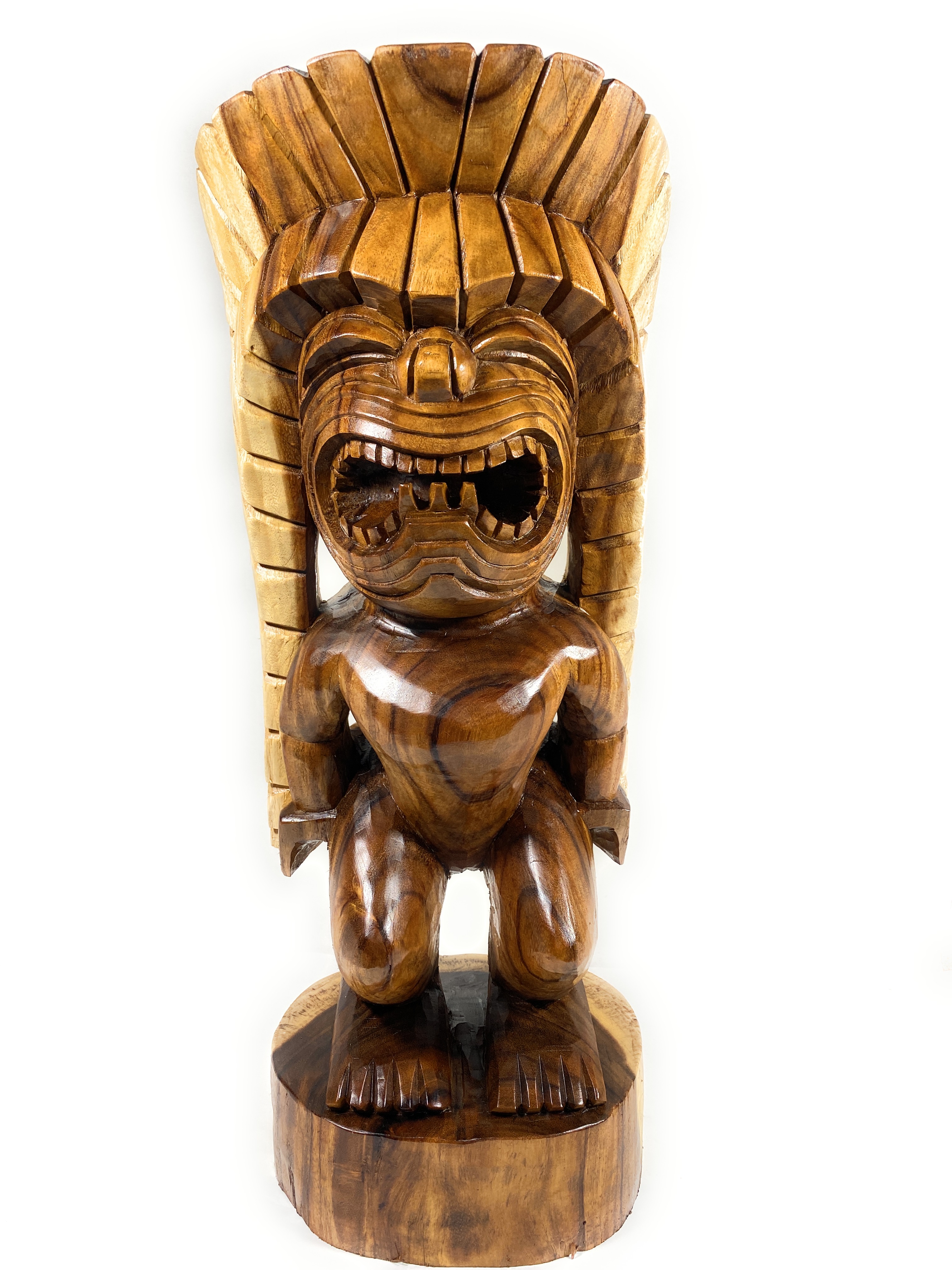
People respect Kane because he represents the source of all life. This respect shows in how they value natural resources and the environment. The warmth of the sun, the growth of plants, and the vitality of the land are all appearance of Kane's creative power.
His influence is clear in spiritual practices that honor life and creation. These practices focus on longevity and caring for the earth. Through Kane, the Hawaiian people celebrate the divine in everyday existence, fostering a deep spiritual connection to their surroundings.
Kanaloa: The God of the Ocean
Kanaloa is the god of the ocean and is often depicted as a companion of Kane. Together, they represent complementary forces, with Kane embodying the sky and Kanaloa embodying the sea.
People associate Kanaloa with the depths of the ocean, sea creatures, and navigation. His influence is clear in the Hawaiian people's strong respect for the sea. The sea is a source of food and a powerful, hard to predict force.
The duality of Kanaloa and Kane shows the balance between land and sea, sky and ocean. This illustrates how Hawaiian cosmology connects all elements. Through Kanaloa, we honor the ocean's mysteries and beauty. This reminds us of the balance needed to live in harmony with nature.
The Goddess Pele: The Fiery Spirit
Pele is one of the most famous Hawaiian gods. People know her for her fiery temper and connection to volcanoes. Pele is the goddess of fire and volcanoes.
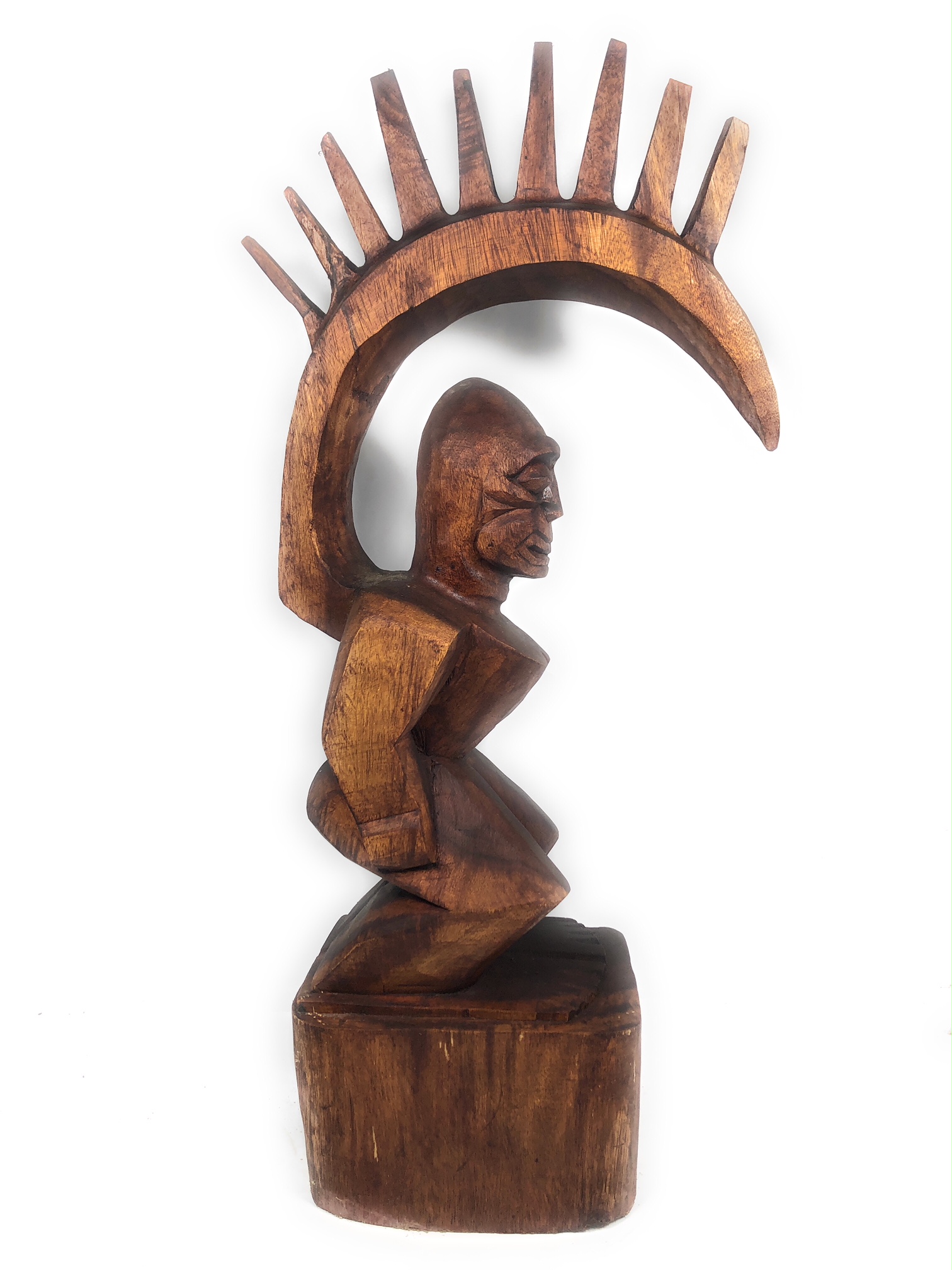
She is thought to live in the Halemaʻumaʻu crater. This crater is at the top of Kilauea, one of the most active volcanoes in the world. Her presence reminds us of nature's raw power and beauty. It can create and destroy.Pele's influence extends beyond her volcanic domain, as she embodies the passionate spirit and creative force inherent in nature. People connect her legends to the land. They see each eruption and lava flow as a sign of her will.
Pele's fiery spirit inspires both awe and respect. She represents the cycle of destruction and renewal in the Hawaiian landscape. Her stories remind us of the delicate balance between reverence and fear in the face of nature's power.
Tiki: The Hawaiian Symbols of Deities
Tiki statues are iconic representations of the Hawaiian gods. These carved figures often symbolize protection, fertility, and spirituality.
Tiki is not a god, but the statues remind us of the gods' presence. They show their influence over both the physical and spiritual worlds. They show the beauty and spiritual depth of Hawaiian culture. They capture the essence of the divine in a real way.
The creation of Tiki statues is a revered practice, often involving meticulous craftsmanship and spiritual intent. Each statue has its own meaning.
They often represent the traits of certain gods or the community's spiritual beliefs. These statues play a crucial role in rituals and ceremonies, acting as intermediaries between humans and the divine. Through Tiki, the Hawaiian people show their respect for the gods. They celebrate their myths and keep their stories alive for future generations.
The Role of Tiki in Hawaiian Culture
In ancient Hawaiian society, people placed Tiki statues in temples and sacred places. They honored the gods and protected the people.
Each Tiki represented a specific god or a combination of divine attributes. The intricate carvings and designs on these statues reflect the deep spiritual beliefs of the Hawaiian people. They are not just artistic expressions; they are sacred objects. They hold the divine essence and connect us to the gods.
The placement of Tiki statues in sacred spaces shows their role in protecting communities. They help ensure the blessings of the gods continue. These statues are important for worship and reflection. They help create a sense of unity and shared belief among the Hawaiian people.
The Influence of Tiki Hawaiian Gods Today
Even in modern times, the influence of Hawaiian gods and goddesses is evident in the islands' culture and traditions. Generations pass down the stories of these deities, maintaining a strong connection to Hawaii's ancient past. Festivals, chants, and dances continue to celebrate these gods, keeping their legends alive. They serve as a cultural compass, guiding the Hawaiian people in preserving their identity and heritage.
The lasting presence of these deities in modern Hawaiian life shows the strength of cultural traditions despite changes. People call on the gods in daily life.
Respecting the Sacred
Many Hawaiians continue to honor the deities by practicing traditional rituals and respecting sacred sites. The islands encourage visitors to learn about these traditions and approach them with respect and understanding. By acknowledging the cultural significance of these deities, we can help preserve the rich heritage of Hawaii. This respect extends beyond rituals, influencing attitudes towards environmental conservation and cultural preservation.
Conclusion
The legends of Hawaiian deities provide a glimpse into a world where nature and spirituality intertwine deeply. From the fiery Pele to the peaceful Lono, each god and goddess tells a story of creation, power, and the balance of life.
Understanding these myths helps us appreciate Hawaiian culture. They also remind us of the deep connection between people and nature. These stories are not just old tales; they are living narratives that still shape Hawaiian identity.
As we explore these ancient legends, let us carry forward the wisdom and respect they inspire. We honor the rich culture and history of the Hawaiian people.











